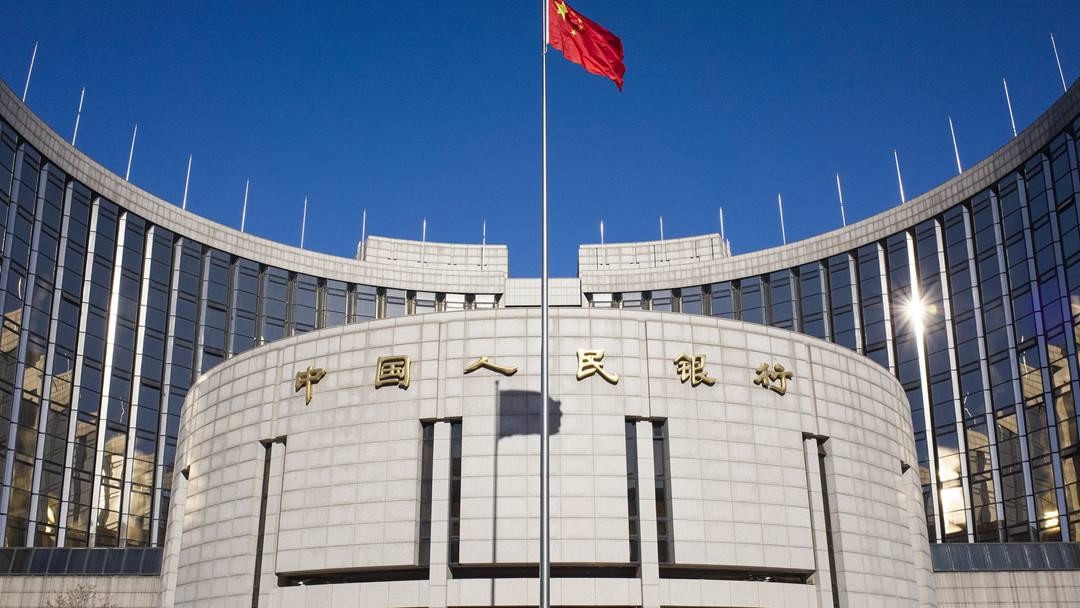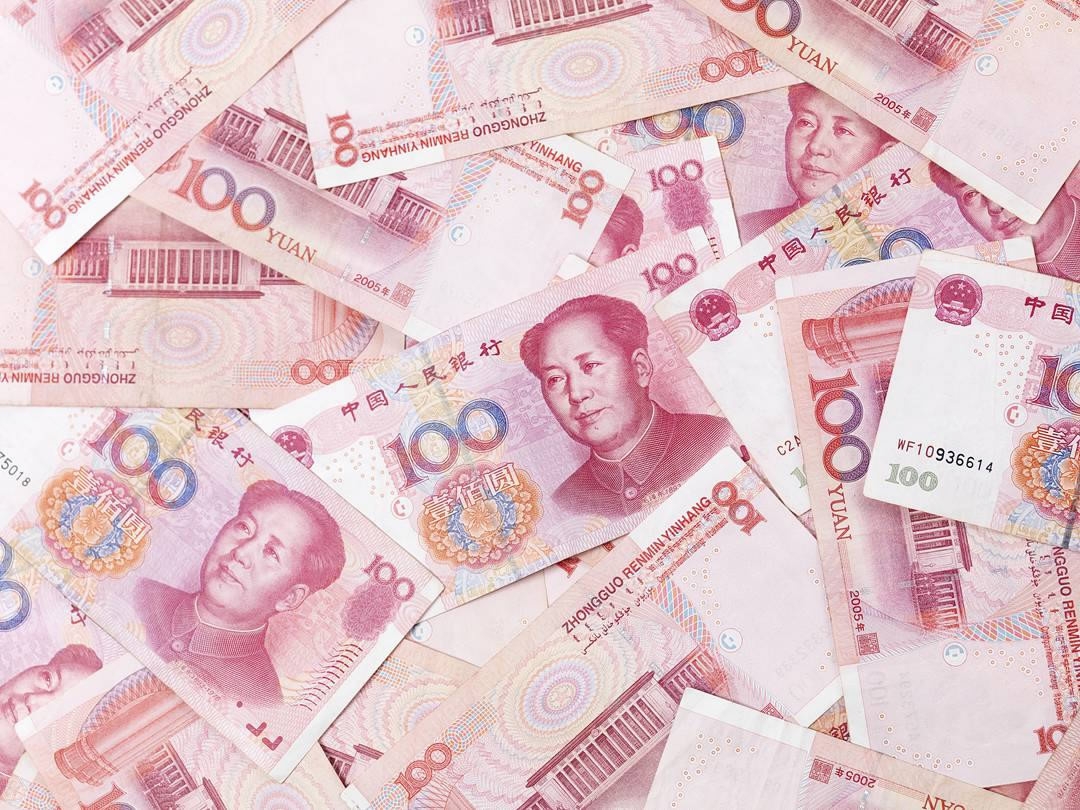
Business
22:35, 12-Jan-2018
PBOC: China’s bank loans support economic restructuring
CGTN

Chinese banks extended a record 13.53 trillion yuan (2.09 trillion US dollars) of new loans in 2017, 878.2 billion yuan more than 2016, and lent 584.4 billion yuan in December, data from the People’s Bank of China (PBOC) showed Friday.
Sectors such as services, advanced manufacturing and infrastructure got loans, while lending to overcapacity industries shrank, which effectively supported China’s economic restructuring, said the central bank.
China’s new lending last month was 460 billion yuan less than December 2016, and was far below the expected one trillion yuan due to seasonal factors that banks usually lend less at the end of the year to tight loan quotas and capital charges, as some analysts believed.

VCG Photo
VCG Photo
New Normal
The M2, a broad measure of a country's money supply that includes cash in circulation and all deposits, grew 8.2 percent from a year earlier to 167.68 trillion yuan at the end of December, according to PBOC.
The M2 growth rate in 2017 was down 3.1 percentage points from a year ago.
“The declines reflect that the banking sector used capital in a more regulated way amid deleveraging and tighter regulation,” said Ruan Jianhong, director of Financial Survey & Statistics Department, PBOC.
“Interbank business, bond and equity investment decreased year on year according to preliminary calculations. That dragged M2 growth more than 4 percentage points,” Ruan pointed out.
“With deleveraging in the financial sector and the financial sector better serving the real economy, lower M2 growth will become a New Normal,” Ruan noted.
The country’s aggregate financing to the real economy, a broad measure of credit and liquidity in the economy, stood at 174.64 trillion yuan at the end of last year, up 12 percent year-on-year, according to PBOC.
Next, the central bank will adhere to a prudent and neutral monetary policy, maintain basically stable liquidity, and achieve a steady growth of credit loans and aggregate financing to the real economy.

SITEMAP
Copyright © 2018 CGTN. Beijing ICP prepared NO.16065310-3
Copyright © 2018 CGTN. Beijing ICP prepared NO.16065310-3